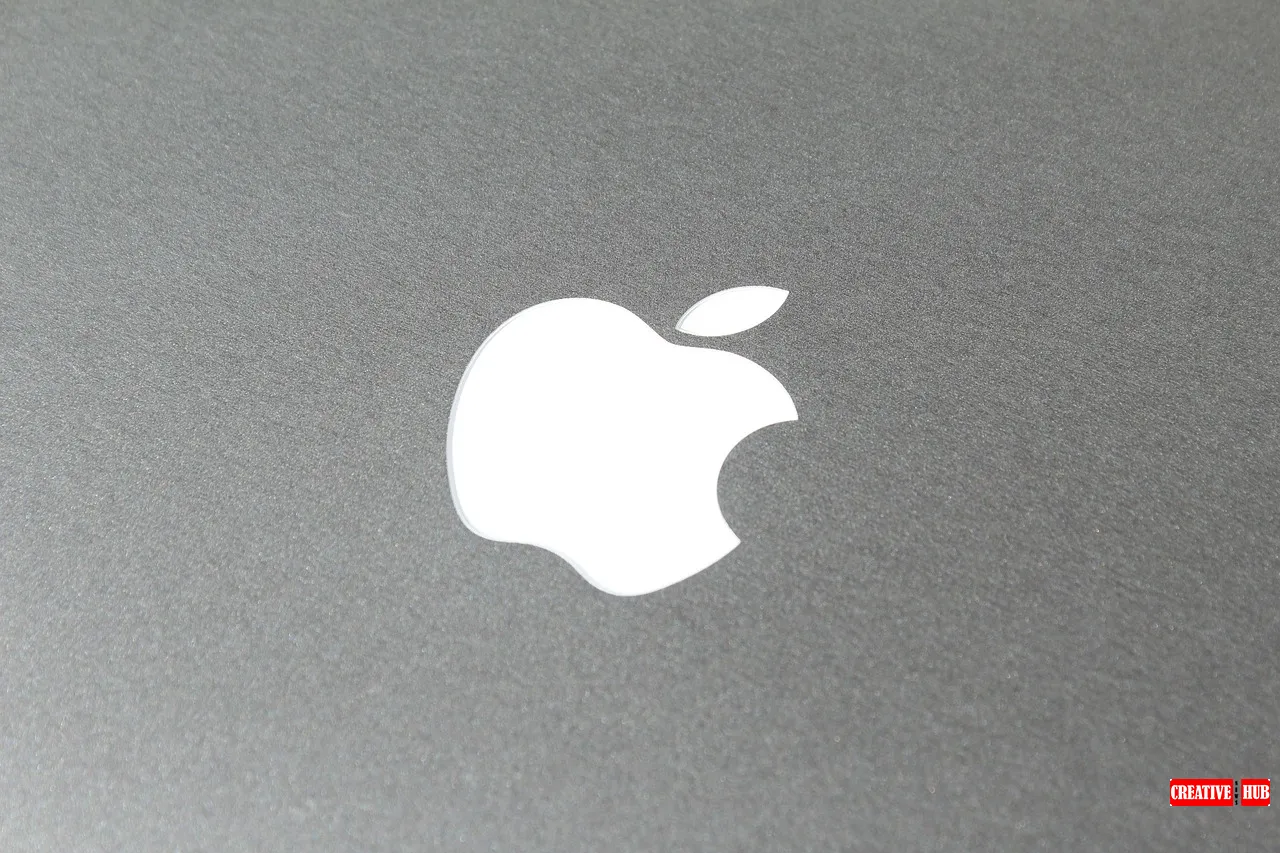Crafting a distinctive logo establishes identity and builds trust. As AI technologies reshape industries from healthcare to entertainment, a well-crafted logo serves as the face of a brand, encapsulating its values and vision. For AI services like story generators, where innovation drives success, a logo must resonate with the target audience while remaining visually appealing.
The Importance of Logo Design in AI
Logos act as strategic tools in brand communication. For AI companies, a logo must convey innovation, reliability, and forward thinking. In an industry where trust influences user adoption, a memorable logo differentiates a company in a crowded market. Consumers recognize and remember brands with strong visual identities.
Case studies demonstrate the power of impactful logos. OpenAI’s sleek design reflects its innovative mission, building user trust. Google DeepMind’s clean logo underscores its focus on clarity and intelligence, resonating with global audiences. These companies set themselves apart in the competitive AI landscape by prioritizing strategic logo design.
Understanding Different Logo Types
AI companies can choose from several logotypes, each offering unique benefits. Wordmarks use stylized text to represent brands, making them ideal for companies with catchy or unique names. Symbol logos rely on icons or graphics to convey core values or services visually. Combination marks blend text and symbols, offering the flexibility to use elements together or separately.
IBM’s simple text design remains timeless, while NVIDIA’s green emblem emphasizes cutting-edge innovation. Companies like Microsoft successfully integrate combination marks, maintaining consistency across diverse platforms. By understanding the strengths of each type, AI companies can select designs that align with their brand’s personality and goals.
While trends like geometric shapes and dynamic gradients dominate logo design, companies must avoid over-reliance on fads that can dilute brand distinctiveness. Logos should reflect timeless principles, ensuring they remain relevant as industries evolve. This balance between trend adoption and longevity is key to creating a successful brand identity.
Aligning Logo Design with Brand Values
Logos should reflect a brand’s mission and values. For AI companies, this means incorporating elements symbolizing intelligence, connectivity, and future potential. Designers often use sleek typography and abstract symbols to capture these themes. Color choices also matter; blues and greens evoke trust and innovation, while vibrant colors highlight creativity.
Focus group insights guide effective logo design. For example, Tesla’s minimalist visuals, shaped by user feedback, reinforced its forward-looking brand identity. By integrating audience preferences, AI companies ensure their logos connect emotionally. A strong alignment between a logo’s design and a brand’s values builds trust and strengthens consumer loyalty.
Case studies further underscore this point. Apple’s logo reflects simplicity and reliability, mirroring its reputation for user-friendly, high-quality technology. AI companies can take inspiration from these examples and design logos that encapsulate their values while appealing to their target audiences.
The Role of Simplicity and Scalability
Simplicity ensures a logo remains recognizable across various platforms and media. Scalability allows logos to maintain integrity and legibility, whether on a business card or a billboard. This adaptability proves essential for AI companies operating in digital-first environments.
Netflix’s bold, streamlined design exemplifies scalability, achieving recognizability on mobile screens and smart TVs. The company ensured its logo would perform well across different contexts by reducing unnecessary elements. AI companies can adopt similar strategies to ensure logos thrive in diverse applications, from mobile apps to conference banners.
Scalability is not just about size but also about adaptability. A logo must work seamlessly on evolving platforms, including augmented reality (AR) and virtual reality (VR). Anticipating future technologies during the design phase allows companies to future-proof their logos while ensuring they remain effective in emerging formats.
Leveraging Trends and Innovation
Staying ahead of design trends gives AI companies a competitive edge. Minimalism, geometric shapes, and dynamic gradients enhance modern logos. Additionally, sustainable and ethical design practices build a reputation that appeals to consumers who value corporate responsibility.
AI-driven tools like Looka or Tailor Brands allow companies to experiment with algorithmically generated designs. These platforms analyze brand data and user preferences, delivering personalized, innovative logos that align with audience expectations. By incorporating cutting-edge tools, AI companies can streamline their design processes while ensuring their logos reflect the latest industry standards.
However, companies must remain cautious about trends. Over-reliance on popular styles can lead to generic designs that fail to differentiate a brand. Instead, successful logos blend contemporary aesthetics with unique elements that reinforce a brand’s identity. This thoughtful approach ensures that logos stand out in a crowded marketplace while remaining relevant.
Building Trust Through Design
Building trust through logo design remains critical in a fast-evolving industry. A well-designed logo signals reliability and innovation. By conducting user research and testing logos in different contexts, AI companies ensure their branding resonates with audiences and fosters loyalty.
Apple’s sleek logo reinforces its reputation for innovation and quality, aligning with its AI-related projects. This consistency between design and reputation helps build strong emotional connections with consumers. AI companies can emulate this approach, ensuring their logos instill confidence while highlighting their technological expertise.
Additionally, companies can use A/B testing to evaluate how their logos perform across various platforms and demographics. Gathering data on user preferences allows brands to refine designs, ensuring they meet consumer expectations while maintaining alignment with core values. This iterative approach strengthens brand trust and loyalty over time.
Customizing Logos for Diverse Platforms
AI companies must adapt their logos for various platforms, including websites, mobile apps, and social media. Designers should create flexible logo variations that maintain consistency while optimizing for different screen sizes and resolutions. Responsive designs ensure logos remain impactful across devices.
For example, Instagram’s logo adapts seamlessly across its mobile app, web interface, and promotional materials. Companies can enhance brand visibility and user engagement by designing logos with platform-specific requirements. Ensuring consistency across these platforms fosters familiarity, a key component of effective branding.
Adapting logos for diverse platforms also means considering cultural contexts. Colors, symbols, and typography can carry different meanings in various regions. Conducting market research ensures logos resonate globally, avoiding misinterpretations and reinforcing brand inclusivity.
Enhancing User Engagement with Interactive Elements
Logos now transcend static designs, engaging users through motion graphics and animations. AI companies can integrate animated logos to capture attention and convey dynamic brand personalities. These engaging visuals enhance user experiences, leaving memorable impressions on tech-savvy audiences.
Spotify’s animated logo, for instance, incorporates subtle movement that aligns with its brand identity while captivating viewers. AI companies can use similar techniques to create a dynamic brand presence. By embracing interactivity, logos can become powerful storytelling tools, drawing users into the brand narrative.
Interactive logos can also adapt to user preferences in real-time. For example, AI technologies could enable logos to change color or animation based on user interactions. These features enhance engagement and reinforce a brand’s innovative image, making a lasting impact.
The Impact of Cultural Sensitivity on Global Branding
Operating on a global scale requires cultural sensitivity in logo design. Companies must research cultural symbols, colors, and design elements to ensure logos resonate positively with diverse audiences. Inclusive designs foster belonging and respect, strengthening global brand presence.

For example, Coca-Cola’s localized campaigns often adapt its logo to reflect regional festivals and traditions. These culturally sensitive adaptations enhance consumer connection and reinforce the brand’s global reach. AI companies can adopt similar strategies, ensuring their logos align with cultural contexts while maintaining universal appeal.
Ignoring cultural nuances can result in misinterpretations or alienation. Thorough research and testing help avoid these pitfalls, ensuring logos contribute positively to a brand’s reputation. By prioritizing inclusivity, companies can build stronger relationships with international audiences.
Future-Proofing Logos with Adaptive Design
Logos must evolve with technological advancements and emerging design trends. Flexible design elements enable easy updates, keeping logos relevant and effective. AI companies can future-proof their branding by investing in scalable systems, ensuring seamless adaptation to industry changes.
For example, Google’s logo evolution demonstrates how small changes can keep a brand fresh while retaining its core identity. The company’s switch to a more minimalist font improved legibility across digital platforms, ensuring compatibility with modern devices. AI companies can learn from this example, anticipating future needs during the design phase.
Future-proofing also involves creating modular logo systems. These systems allow brands to adapt logos for new technologies, such as augmented reality (AR) or virtual assistants. By designing with adaptability, companies ensure their logos remain impactful as industries and consumer expectations evolve.
Embracing Technological Integration in Logo Design
Integrating technological advancements into logo design sets companies apart. AI-driven tools streamline the design process, offering unique aesthetics and personalized branding solutions. These tools analyze brand data and preferences, ensuring logos align with cutting-edge industry standards.
For example, algorithm-generated logos can adapt to changing consumer trends, providing brands with customizable and forward-thinking designs. AI companies that leverage such tools position themselves as innovators, enhancing their competitive edge while simplifying the design process. These integrations ensure logos remain modern and impactful.
Sustainability in Logo Design
Sustainability in logo design reflects a company’s commitment to environmental responsibility. AI companies can adopt eco-friendly practices, including digital-first approaches, minimal print materials, and ink-efficient color palettes. Logos can symbolize sustainability by incorporating elements like clean energy or recycling motifs, appealing to environmentally conscious consumers.
For example, Patagonia’s logo emphasizes its commitment to environmental stewardship through its mountain imagery, reinforcing its brand ethos. AI companies can follow suit by integrating eco-conscious elements into their designs. This approach appeals to consumers and aligns with broader corporate responsibility goals.
Collaborating with Multidisciplinary Teams
Successful logo creation requires collaboration across disciplines, including graphic design, user experience, marketing, and technology. A multidisciplinary approach ensures logos remain visually compelling and strategically aligned with business goals. This cohesive strategy results in impactful branding.
For instance, Slack’s logo redesign involved close collaboration between designers and marketers, ensuring the final product resonated with users while meeting branding objectives. AI companies can adopt similar practices, leveraging diverse expertise to create logos that reflect their innovation and mission.
Collaborative efforts promote consistency across all brand assets, from logos to marketing campaigns. By fostering strong team communication, companies ensure every design decision aligns with their strategic vision, resulting in a cohesive brand identity.
Measuring Logo Effectiveness
Companies must measure their logos’ effectiveness in representing the brand and engaging audiences after launch. Analytics tools track brand recognition and user feedback, while surveys and focus groups provide insights into logo perception. Regular evaluations help companies refine logos to adapt to evolving narratives.
For example, Airbnb’s logo redesign process incorporated extensive user testing to ensure its new design resonated with a global audience. The resulting logo successfully conveyed inclusivity and belonging. AI companies can use similar methods to assess their logos’ impact and make data-driven adjustments.
Measuring effectiveness also involves tracking digital engagement metrics, such as click-through rates or social media impressions. These insights provide valuable feedback on how logos perform in real-world contexts, enabling companies to optimize their branding strategies over time.
The Strategic Role of Logo Design in Brand Evolution
As companies grow, their logos must evolve to reflect new directions and innovations. Strategic rebranding signals shifts in focus, new technologies, or market expansions. Treating logo design as an ongoing process ensures brands remain competitive, relevant, and connected to audiences over time.
For instance, Mastercard’s logo evolution simplified its design while retaining its core elements, making it more versatile for digital use. This change reflected the brand’s digital transformation while maintaining its recognition. AI companies can take inspiration from such examples and embrace logo evolution as a strategic opportunity to strengthen their brand identity.
Crafting Timeless and Impactful Logos
A well-designed logo transcends aesthetics, encapsulating a brand’s essence and values. AI companies can create logos that stand the test of time by focusing on simplicity, scalability, and adaptability. Companies prioritizing thoughtful logo design build trust, foster loyalty, and achieve long-term success in competitive markets.

Emma Smith is a passionate writer and content creator focused on the latest trends in the arts, design, and creative industries. With a keen eye for innovation and creativity, she shares insights and updates that inspire professionals and enthusiasts alike.








